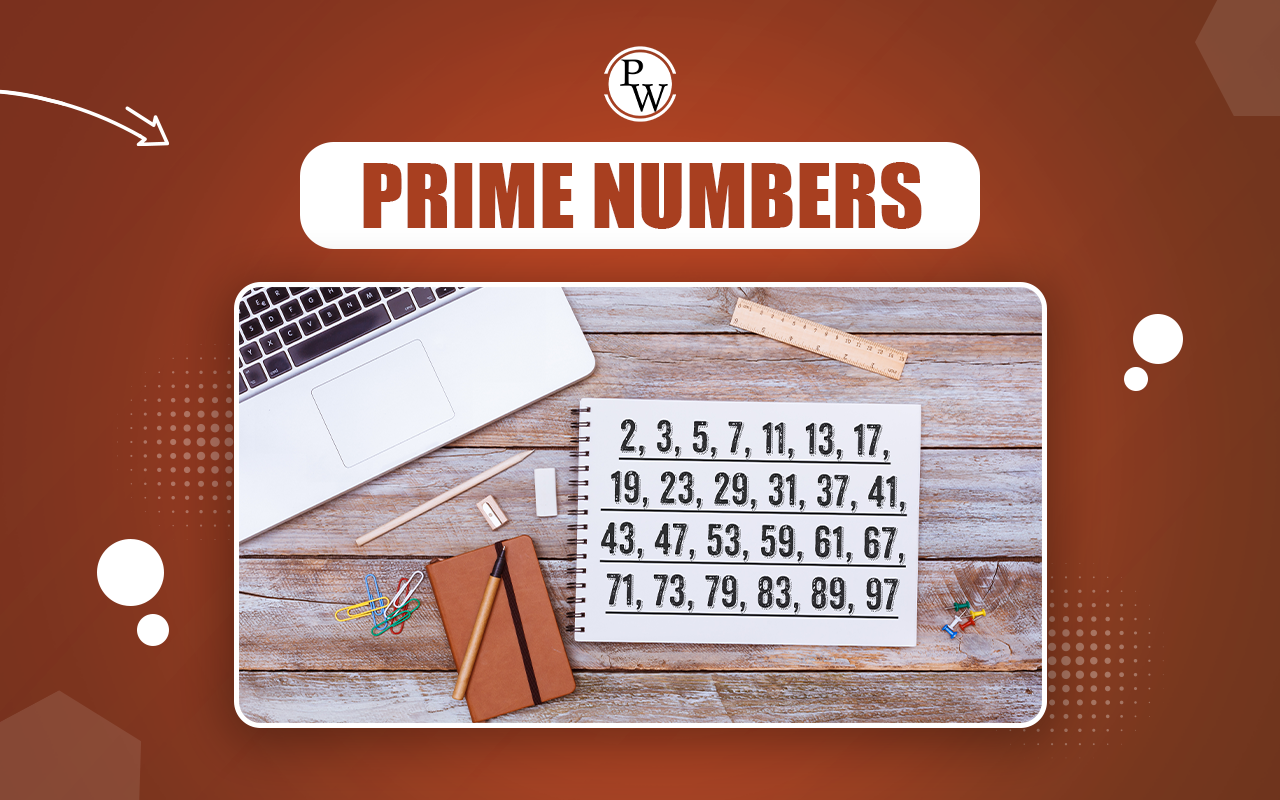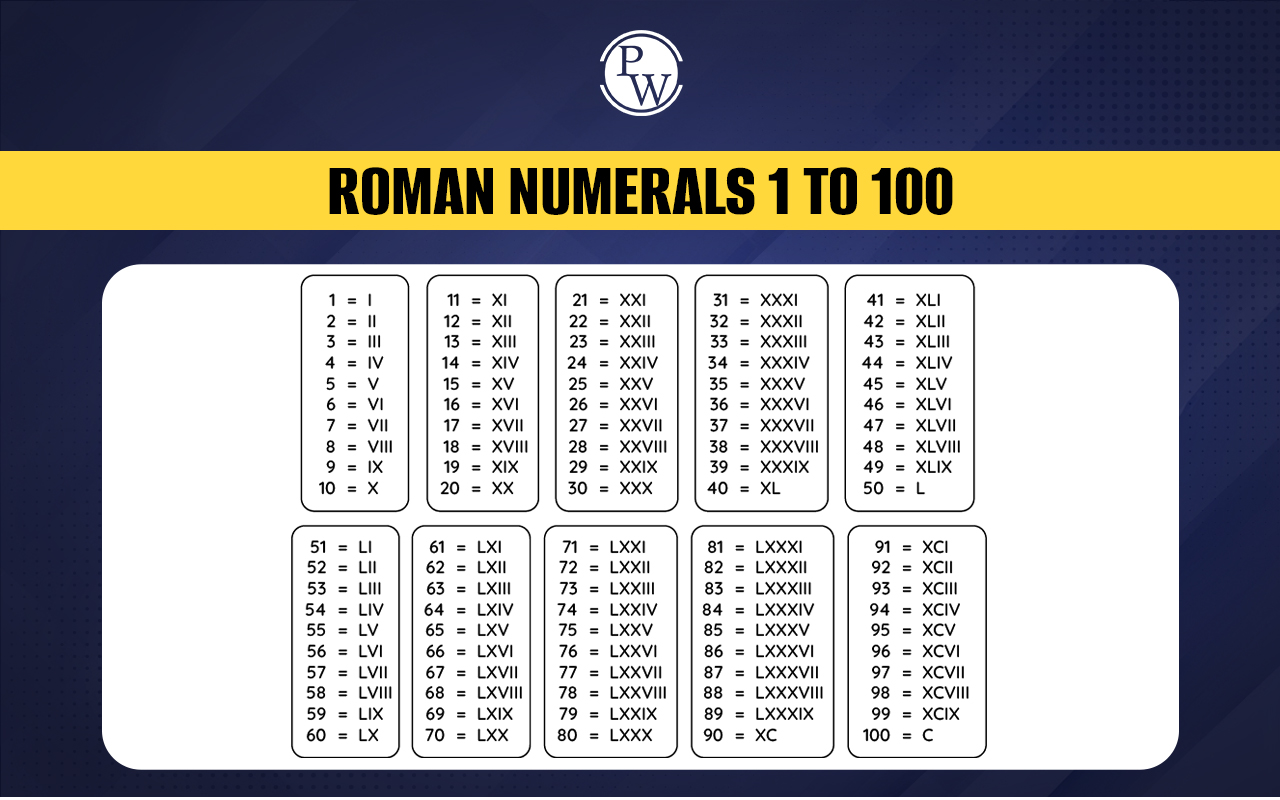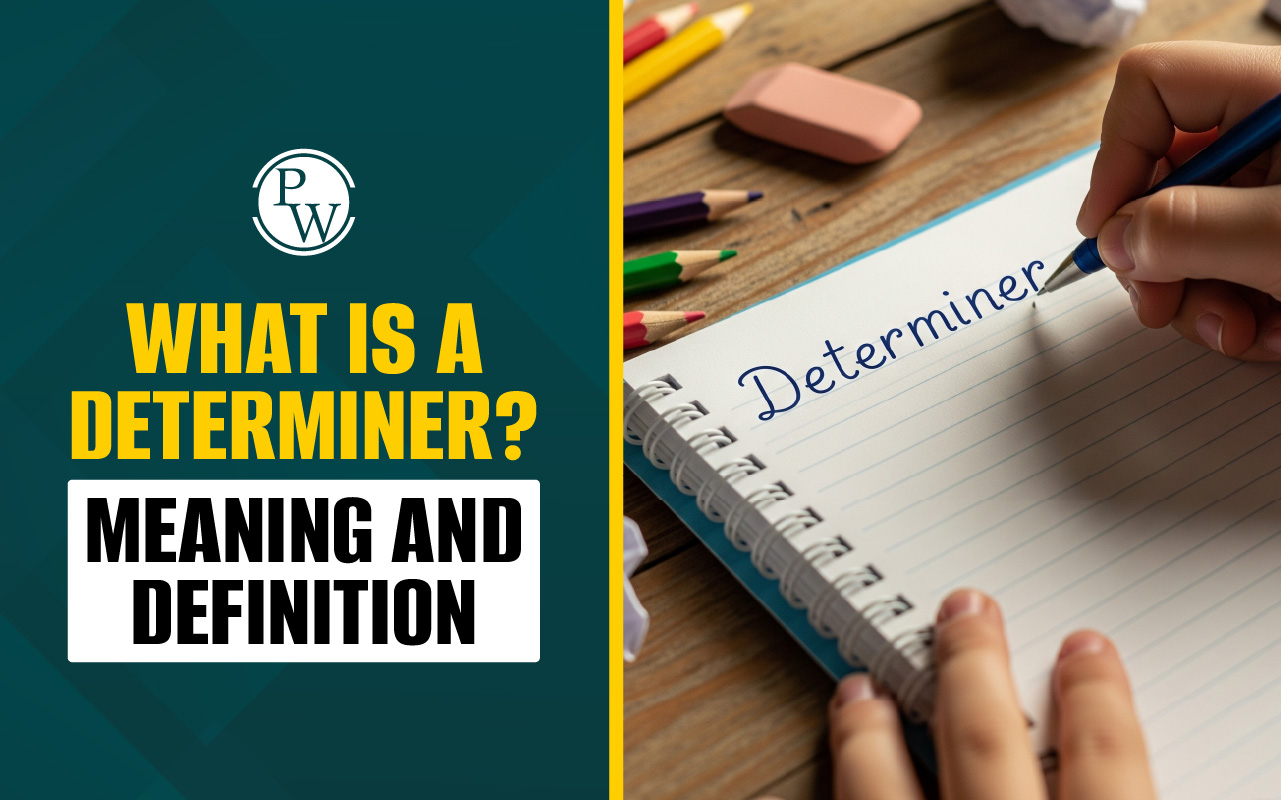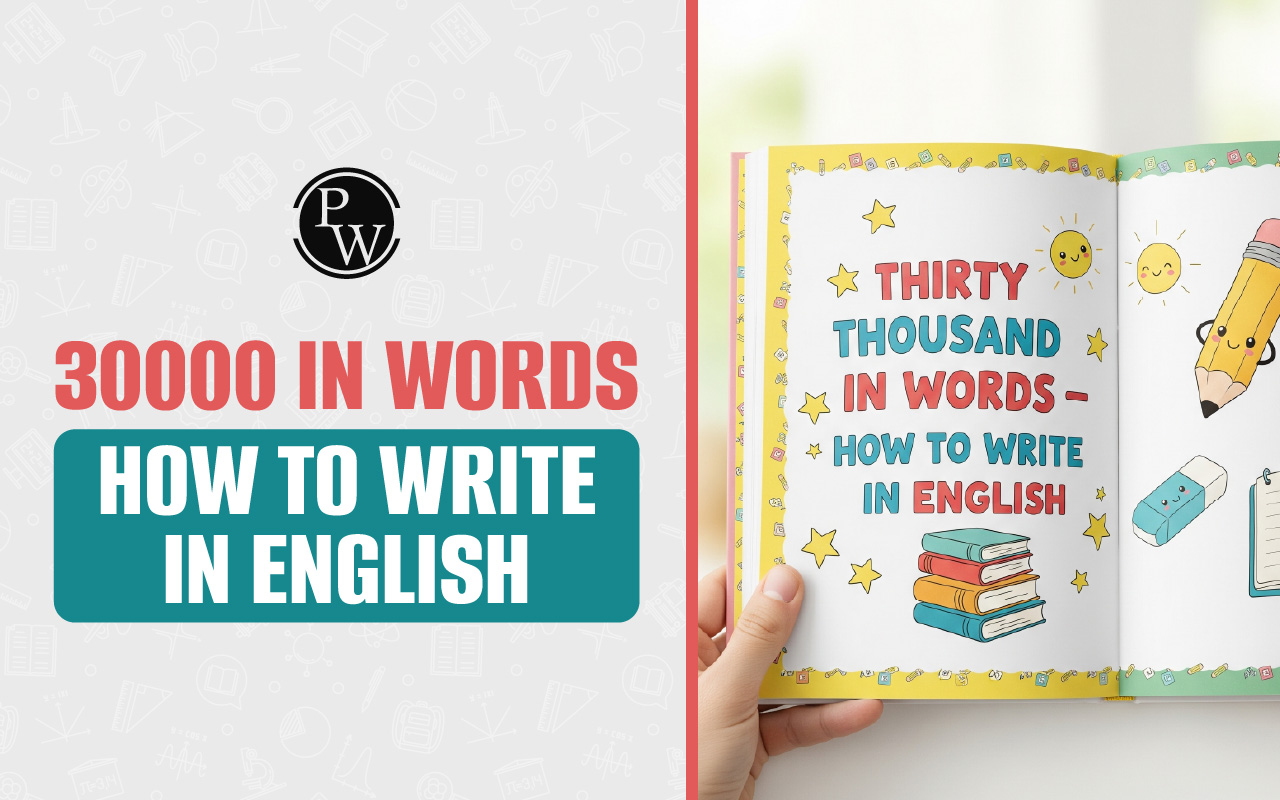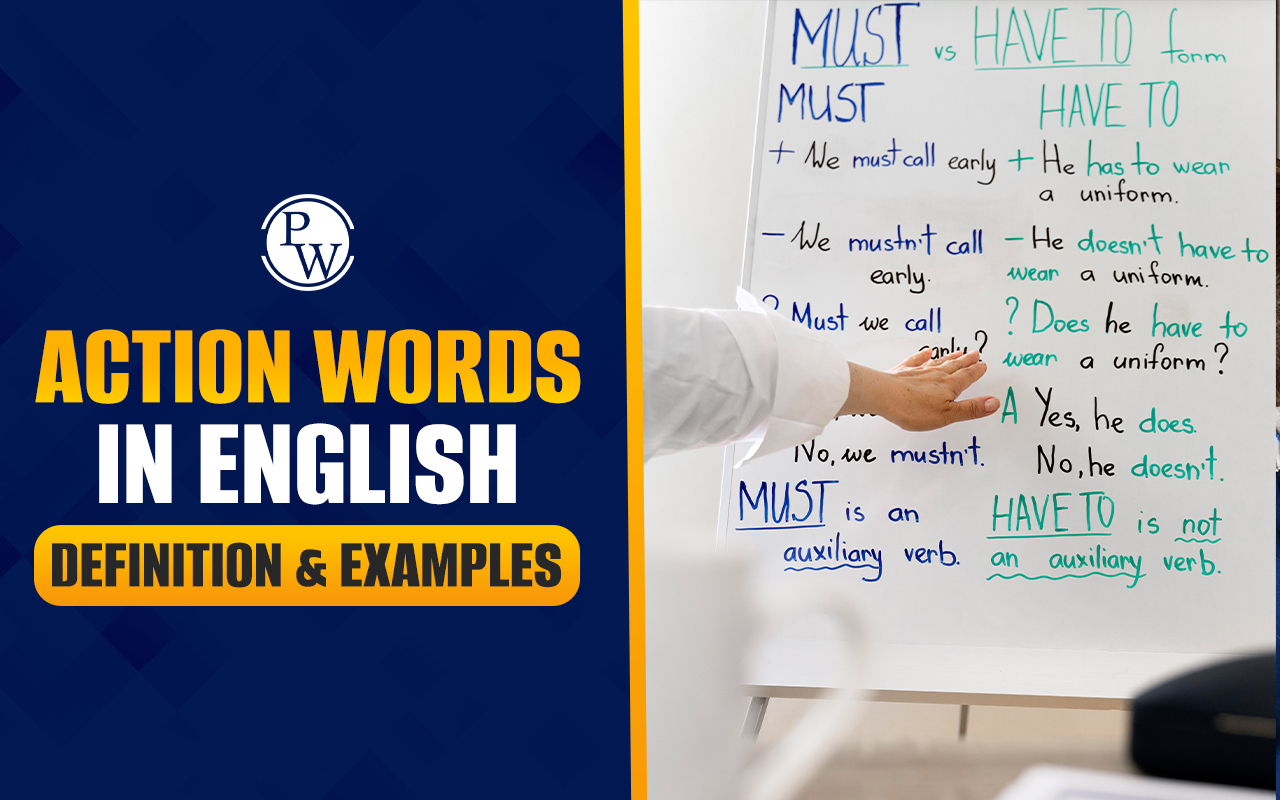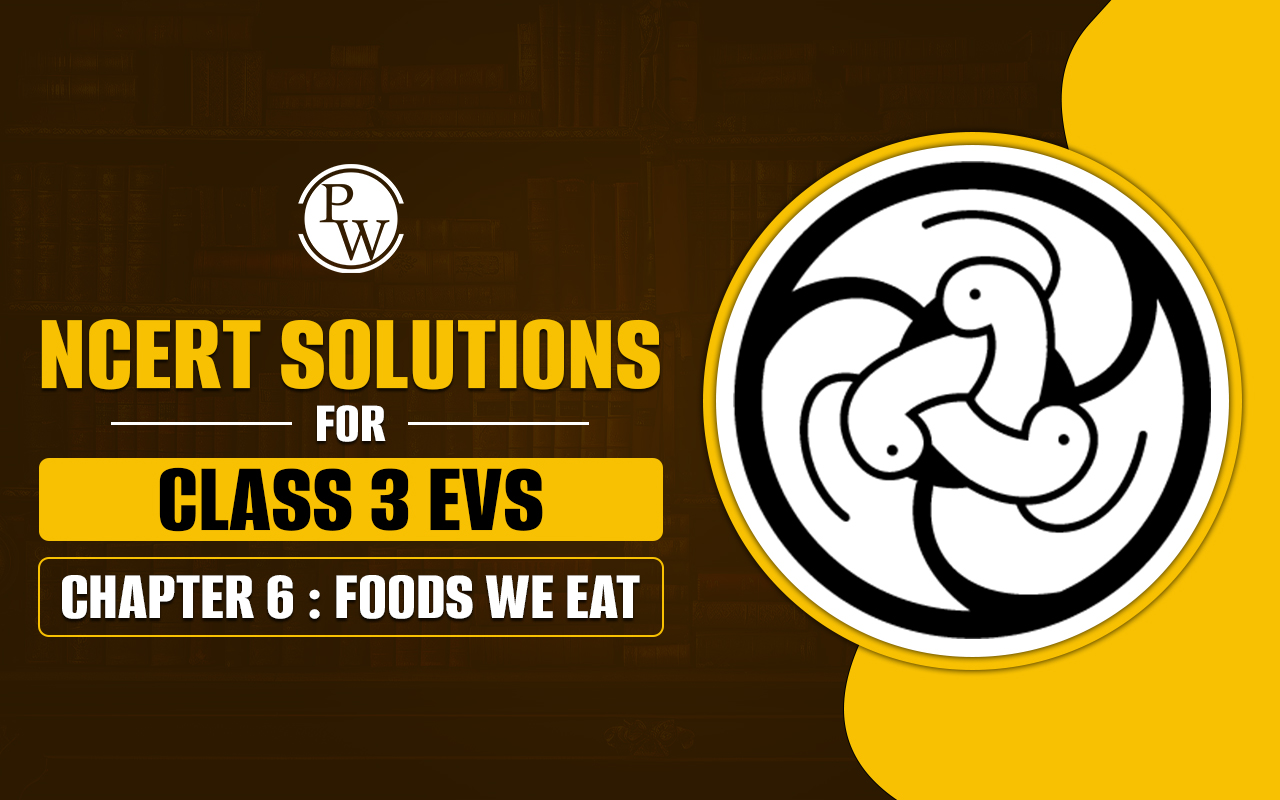
NCERT Solutions for Class 3 EVS Chapter 6: This article will help students address questions related to NCERT Solutions for Class 3 EVS Chapter 6 Foods We Eat. The chapter highlights the different types of food people eat, where they come from and the significance of food in our daily lives. It also discusses how eating habits vary from person to person, influenced by culture, region, and lifestyle.
The exercise contains questions that encourage students to think about these concepts and our NCERT Solutions for Class 3 EVS Chapter 6 provide clear and simple answers. By studying these solutions students can deepen their understanding of food diversity and the importance of a balanced diet.NCERT Solutions for Class 3 EVS Chapter 6 Foods We Eat Overview
These solutions for NCERT Solutions for Class 3 EVS Chapter 6 Foods We Eat are prepared by subject experts of Physics Wallah. The chapter explain the various types of foods people consume, their sources and the cultural significance of different cuisines. The solutions provide a detailed overview of the chapter's concepts, helping students understand the importance of nutrition and the role of food in our daily lives. By breaking down complex ideas into simpler explanations these solutions make it easier for students to grasp the content and apply their knowledge in real-life situations.NCERT Solutions for Class 3 EVS Chapter 6 Foods We Eat PDF
NCERT Solutions for Class 3 EVS Chapter 6 Foods We Eat provide a detailed understanding of the various foods we consume and their origins. For those looking to enhance their learning experience the PDF link is available below, allowing easy access to the solutions for further study and reference. This resource is designed to assist students in grasping the important ideas presented in the chapter effectively.NCERT Solutions for Class 3 EVS Chapter 6 PDF
NCERT Solutions for Class 3 EVS Chapter 6 Foods We Eat
Below is the NCERT Solutions for Class 3 EVS Chapter 6 Foods We Eat-Question 1 :
Did all the children in the class eat the same food items yesterday? Why?Answer :
No, all the children in the class did not eat the same food items yesterday. This is because they belong to different families, and their families may have different food preferences, traditions, and cultural practices. Children might come from various regions, which can influence the types of food available and commonly eaten in their households. Each child's meal can reflect their unique background and family habits.Question 2 :
You must have noticed that in the picture (Page 36) there is one child in whose house no food was cooked. What could be the reason?Answer :
There could be several reasons why there was no food cooked in the child's house. One possibility is that the child's mother, or whoever is responsible for cooking, might not have been feeling well the previous day, making it difficult to prepare a meal. Another reason could be that the family is facing financial difficulties and may not always have enough money to buy food. These circumstances can affect whether a meal is prepared at home.Question 3 :
Has it ever happened to you that on some day you were very hungry but there was nothing to eat? If yes, why?Answer :
Yes, there have been times when I felt very hungry but found nothing to eat. One such occasion was when we ran out of the gas cylinder, which meant that we couldn't cook any food. This situation made it difficult to have a meal, leaving me feeling quite hungry until we were able to get a replacement.Question 4 :
How do you know that you are hungry?Answer :
We know we are hungry when we start to feel a growling sensation or a rumbling in our stomach. This urge often makes us feel the need to eat something, and we may also feel weak or irritable. These signs help us recognize that it's time to have a meal.Question 5 :
How do you feel when you are hungry?Answer :
When we are hungry, we often feel restless and uncomfortable. Our energy levels may drop, making it hard to concentrate or focus on anything else. We might also feel irritable or moody, and our stomach may growl, reminding us that it is time to eat. Overall, hunger can make us feel uneasy until we have something to eat.VIPUL’S FAMILY
Question 1 :
Why was Dadi not able to climb the stairs quickly?Answer :
Dadi was not able to climb the stairs quickly because she is old.Question 2 :
How does Dadi like to have her dal?Answer :
Dadi likes to have a little bit of sugar in her dal. This adds a sweet flavor that she enjoys, showing her personal taste when it comes to food.Question 3 :
How many persons in the story can eat bhutta easily and why?Answer :
Vipul, his mother, and mami can eat bhutta easily because they are young and have strong teeth, making it easier for them to chew the corn.Question 4 :
Can all old people eat bhutta? Why?Answer :
No, not all old people are able to eat bhutta. As people age, their teeth and gums can become weak, making it difficult for them to chew harder foods like bhutta.Question 5 :
For four months Chhutki will have only her mother’s milk. That is her only food. Why?Answer :
For the first four months, babies do not have teeth, so they can only consume fluids. Mother’s milk is the best source of nutrition during this time, providing all the necessary nutrients for growth and development.Question 6 :
Fill in the table.Answer :
| What they can eat | What they cannot eat | |
| Child | Rice-dal | Bhutta |
| Oats | Sugarcane | |
| Young | Anything Edible can be eaten by Young People | |
| Old | Rice-dal | Bhutta |
| Curry, Oats | Sugarcane, hard dry-fruits | |
Question 7 :
Put a circle on the things that you eat often. Rice, wheat, barley, oats, maize, millet, kappa (tapioca), ragiAnswer :
Rice, wheat, barley, oats, maize, millet, kappa (tapioca), ragiQuestion 8 :
Find out and write what all can be prepared from rice and wheat.Answer :

Question 9 :
Write the names of three food items you like to eat and three that you dislike.Answer :
Like- pav-bhaji, dal-rice, jalebi Dislike- bitter-gourd, pumpkin, samosaQuestion 10 :
What are the reasons that decide what we eat? Put a tick on them. Add to the list.Answer :
What is easily available. What we can buy. Customs and traditions. Whether we like it or not. The freshness and presentation of the food.Question 11 :
Names of some things are given below. Put a circle on the things that can be eaten. If you are not sure about anything you may ask your teacher.Answer :

Question 12 :
Write the names of some food items that you have never eaten before but feel like eating.Answer :
Some food items that I have never eaten before but feel like trying are sarson (mustard) curry and chapati made from bajra (pearl millet) flour.Benefits of NCERT Solutions for Class 3 EVS Chapter 6 Foods We Eat
- Structured Learning: The solutions provide a well-organized framework, allowing students to review key concepts and topics systematically, which is important for effective exam preparation.
- Clarification of Doubts: These solutions help clarify any misunderstandings students might have about the chapter, ensuring they have a strong grasp of the material before the exam.
- Time Management Skills: Working through the solutions encourages students to practice time management, enabling them to answer questions more efficiently during exams.
- Self-Assessment: Students can assess their understanding and readiness for exams by attempting to answer the questions before checking the solutions, identifying areas that need further review.
- Boosted Confidence: As students master the content through the solutions, their confidence increases, which can lead to better performance during exams.
NCERT Solutions for Class 3 EVS Chapter 6 FAQs
What are the main sources of food?
Why is it important to eat a variety of foods?
What is the significance of mother's milk for babies?
How does hunger affect our body?
Why do older people sometimes have difficulty eating certain foods?

